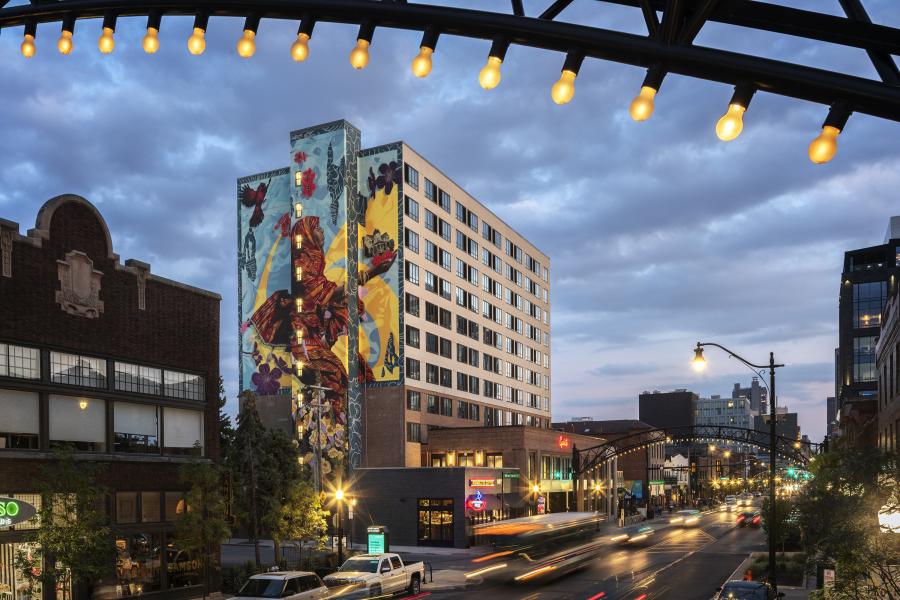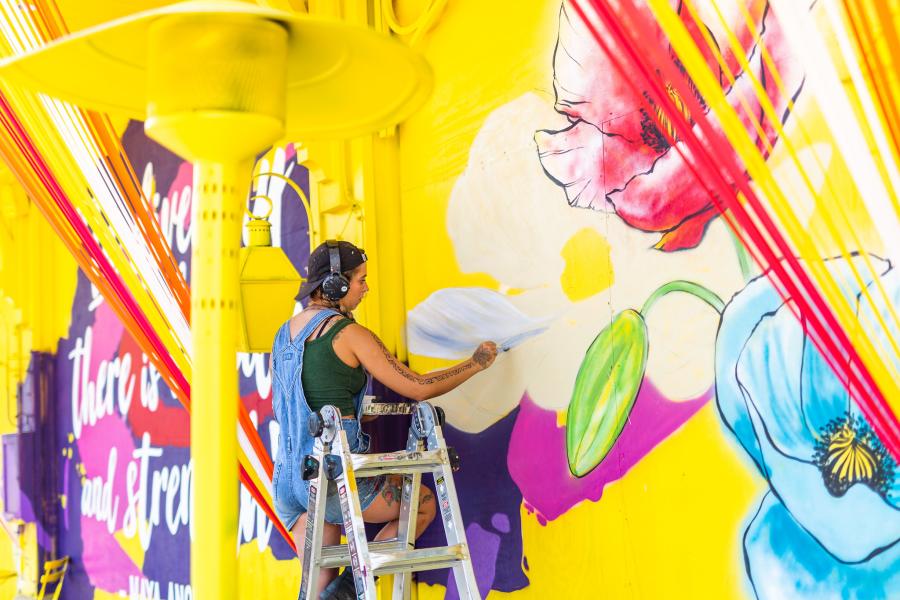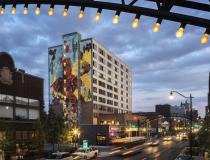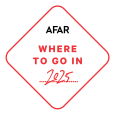Museums and History in Columbus
At the heart of Ohio, Columbus was named the state capital in 1812, following previously established capitals in Zanesville and Chillicothe (twice). The Ohio Statehouse, completed in 1861, is one of the oldest working statehouses in the country and offers daily tours as well as an on-site museum.
The city, which has never declined in population, has a rich history showcased throughout the community. Pick a topic in which you’re interested and start exploring!
Native American Roots
Like much of Ohio, Columbus can trace its roots back to early Native American civilizations. Once home to Wyandot Indians, Scioto, the name of the main river that flows through downtown, gets its name from the Wyandot word meaning deer, of which there are many in the city. Three bronze-deer statues captured in human repose along the banks of the river pay homage to this fact.
Many of the indigenous civilizations in the area were also part of the Moundbuilding cultures, from which Downtown’s Mound Street derives its name. Check out the Ohio History Center’s collection of artifacts from these ancient inhabitants.
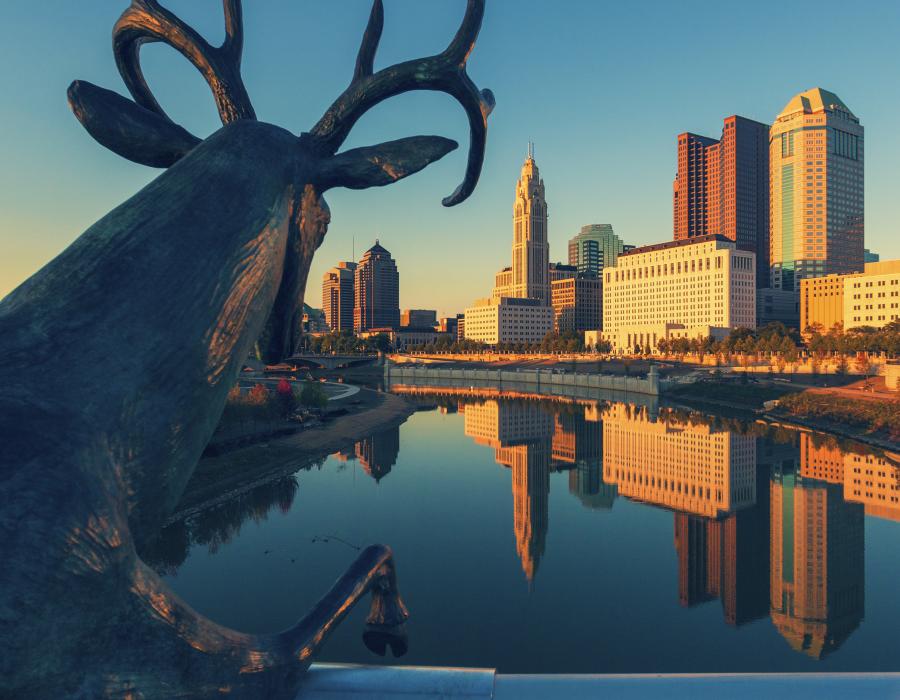
Immigrants
Columbus is a very affordable and welcoming city, which has long led it to be a haven for immigrants coming to the U.S. The makeup of these New American populations has changed over time along with immigration trends. Currently, the city has the second-largest Somali population in the U.S., but in its early years, Columbus had a large German population. Today, the city’s German roots can be seen in the idyllic, lovingly preserved streets of German Village, the entirety of which is on the National Registrar of Historic Places.
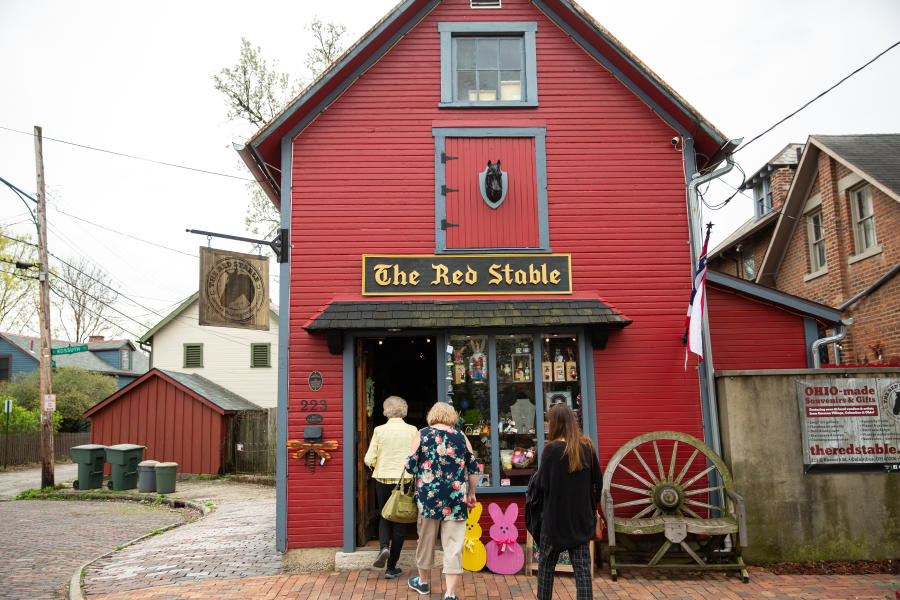
Military Contributions
Ohio has made major contributions to our nation’s military engagements for many years, in particular the Civil War, during which Ohio contributed more of its population to the Union Army than any other state. Additionally, many of the blue coats worn by the Union soldiers were manufactured in Columbus. In fact, this is how the NHL’s Columbus Blue Jackets got their team name, and at each home game a veteran or active duty member of the military is honored by the team, and fans and Blue Jackets’ goals are celebrated with the boom of a historic cannon.
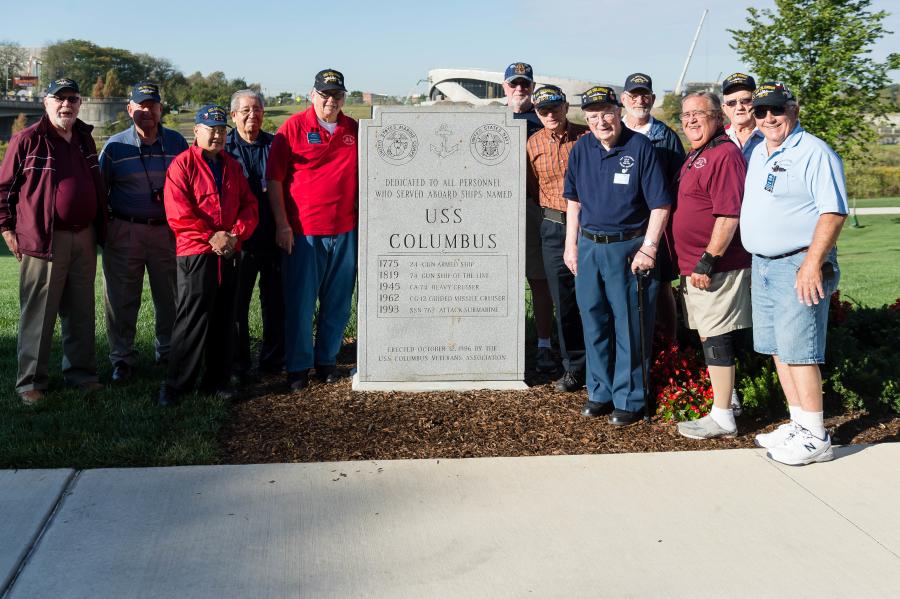
Science and Technology
As Columbus continues to gain notoriety as a hub for science and technology research, there are some great opportunities for visitors to get up-close-and-personal with the work. The Columbus Zoo and Aquarium spends more than $4 million annually on conservation projects with global impacts and operates The Wilds, an enormous conservation center and safari park. COSI, Columbus's dynamic hands-on science center, is a great place for kids and the young-at-heart to get a firsthand look at a wide range of scientific and technological activities.
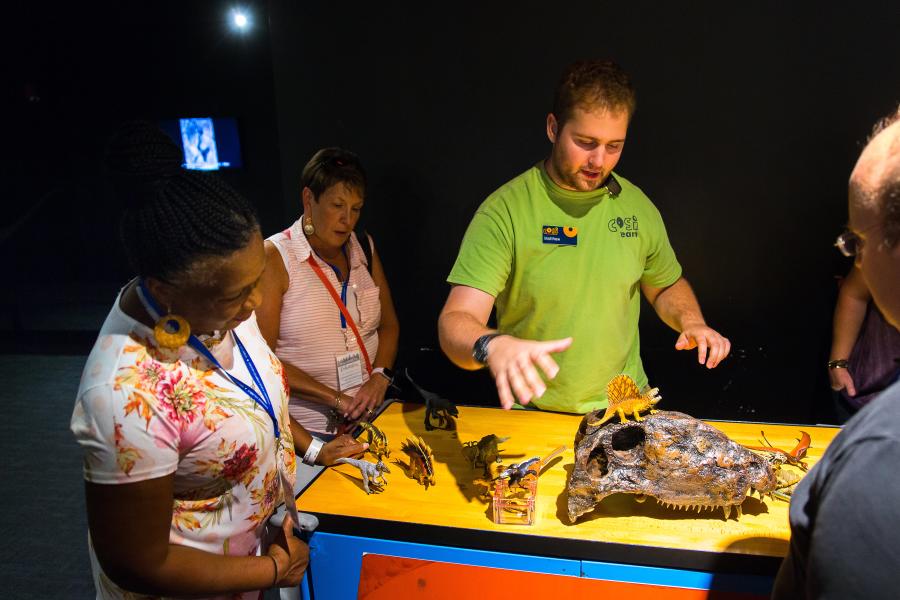
Art Experiences
Columbus is an arts haven, with Columbus College of Art and Design producing professionals across expansive disciplines and the Columbus Museum of Art (CMA) featuring works from the 19th and 20th centuries. The Pizzuti Collection by CMA offers modern works from the famed Pizzuti family collection.
At Franklin Park Conservatory and Botanical Gardens, the world’s largest collection of Chihuly Glass in a botanical garden accompanies the vast natural works. The Wexner Center for the Arts on the Ohio State University campus is an internationally known contemporary arts center that offers a wide variety of exhibitions, performances and educational programs. For a truly unique experience, don’t miss Otherworld, named one of the World’s Coolest Places by TIME Magazine in 2019.
Two arts districts showcase the incredible local talent in the city. Home to nearly 20 independent galleries, the Short North Arts District showcases every type of artist. Buildings are decorated with permanent murals that put the area’s creative spirit on display, including “The Journey,” the world’s largest AR mural, featured on the side of the 11-story Graduate Hotel. For a look into the city’s more edgy, industrial art-scene, check out Franklinton. Weave through artists at work at the studios of 400 W. Rich or check out rotating exhibitions at The Vanderelli Room and ROY G BIV Gallery.
